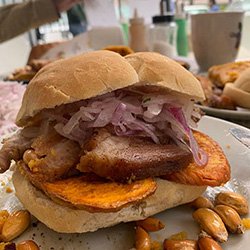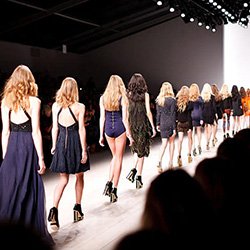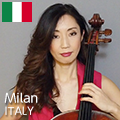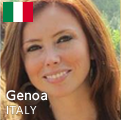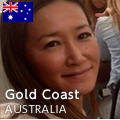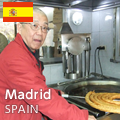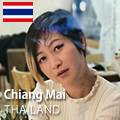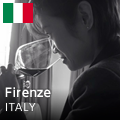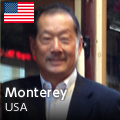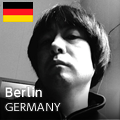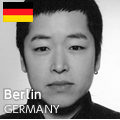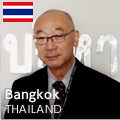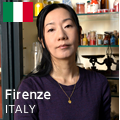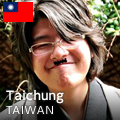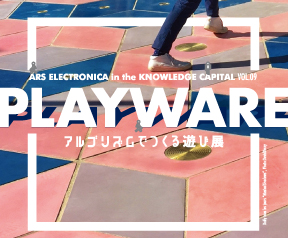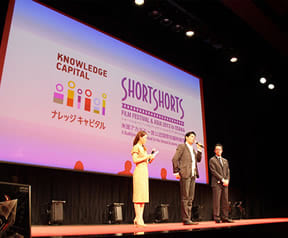The thing that surprised me most when I first walked into one of these cafés was the casual way people ordered their drinks, along with their distinctive menus. Australia has a coffee called “flat white” that you rarely see in Japan, for example. Ever since the locals recommended it to me, I’ve fallen for it hard. Although to be honest, I have no idea how the flat white is any different from a café latte (lol). Still, the balance between the fluffy foamed milk and the espresso is exactly right, so to me it has the perfect flavor.
One day I tried a coffee called a “long black,” and it tasted different than the black coffee you get in Japan. A “long black” is espresso with hot water added, but it had a distinct bitterness that was nothing like the so-called “black” or “American” coffee they serve at home. I’m guessing the flavor would be a bit much for someone who wasn’t a regular coffee drinker.
Coming here also reminded me that there is a clear difference between a café latte and a cappuccino. Café lattes are rich, smooth-drinking beverages made with a ton of steamed milk, while cappuccinos are topped with a generous amount of froth and lighter on the palate. They’re particularly memorable when served with a dusting of cocoa powder. Many of the locals apparently drink them at different times of the day, opting for lattes in the morning and lighter cappuccinos in the afternoon.
Coffee barista jobs are quite popular in Sydney, a city whose baristas are world-renowned for their exceptional skill. Information on barista training frequently gets shared in Facebook groups and other social media, and they even have programs that target the Japanese community. They say you have a good chance of getting hired after getting the knowledge and skills you need from the courses, even if you don’t actually have experience working in a café.
At many Australian cafés, it’s common to do a working trial in addition to going through interviews. Employers have the applicants actually work for a few hours so they can see how they do things and decide whether or not to hire them. In other words, you have a chance at getting the job even without experience as long as you’re motivated and have the basic knowledge you need.
The latte art you often see on social media (where people create hearts, leaves, animal faces, or other pictures) may seem simple at first glance, but it actually takes quite a bit of training to do. Everything has to be calculated—from the temperature of the milk and the level of froth to the pour speed and angle. Latte art truly showcases a barista’s skill. There’s no way a clumsy person like me could pull it off!
If you get your coffee to go (takeaway), you typically do it by first placing your order and paying at the register, then waiting for your name to be called. While you can completely customize your coffee with different kinds of milk and sizes, the process did make me a little nervous at first. The baristas are always so friendly though, so I’ve slowly gotten used to it.
For decades living in Japan, I was a person who only drank my daily black coffee at home—but I’ve found a completely new way to enjoy coffee living here in Australia. I even ended up buying a milk frother so I could try making my own delicious flat whites. Now that I can froth up milk at home, my daily cup has gotten a bit more upscale.
Sydney’s coffee culture is about more than simply providing coffee—it also gives people a place to connect. I never really went to cafés when I lived in Japan, but it’s something I’ve enjoyed doing nearly every day since coming to Sydney.












